There is something that both attracts and profoundly unsettles us in these winged figures. Where the human meets the sacred, the angel appears, suspended in an undefined dimension between heaven and earth. A multifaceted and mysterious figure, the angel embodies meanings that oscillate between the sacred and the profane, between devotion and rebellion. But why does art—from medieval painting to street art—continue to depict it? The answer might lie in the fact that an angel is never merely an angel; rather, it serves as a mirror through which we observe our deepest desires, our fears, and our perennial need to make sense of the world.
Undoubtedly, the angel remains a subject that continues to wield a timeless evocative power—a complex metaphor open to multiple interpretations.
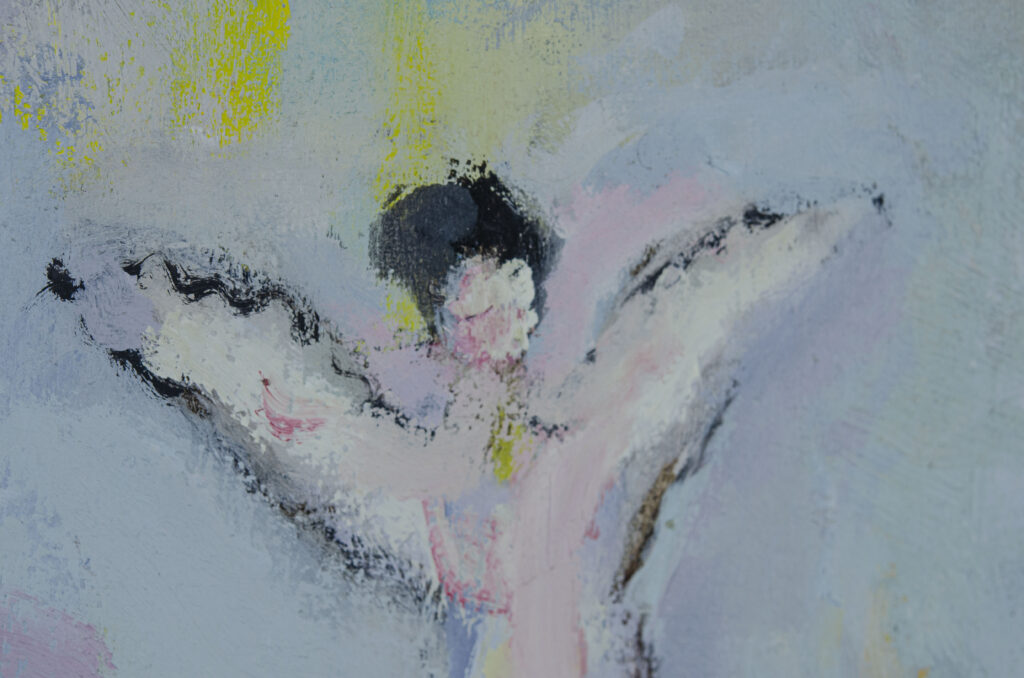
The Symbol of Faith and Protection
In early Christian and medieval art, angels appear as divine messengers, their human form enriched with wings to suggest their transcendent nature. Although the Holy Scriptures do not explicitly describe them with this attribute, medieval artists added wings to emphasize their ability to cross the boundary between heaven and earth. They appeared in key representations, such as the Annunciation, symbolizing divine intervention in history and their role as intermediaries between God and humanity.
In an era marked by uncertainty and the fear of sin, angels represented security and order. Depicted with hieratic expressions and golden wings, they embodied faith as a guarantee and a comfort, reassuring people through their solemn, austere, and distant image.
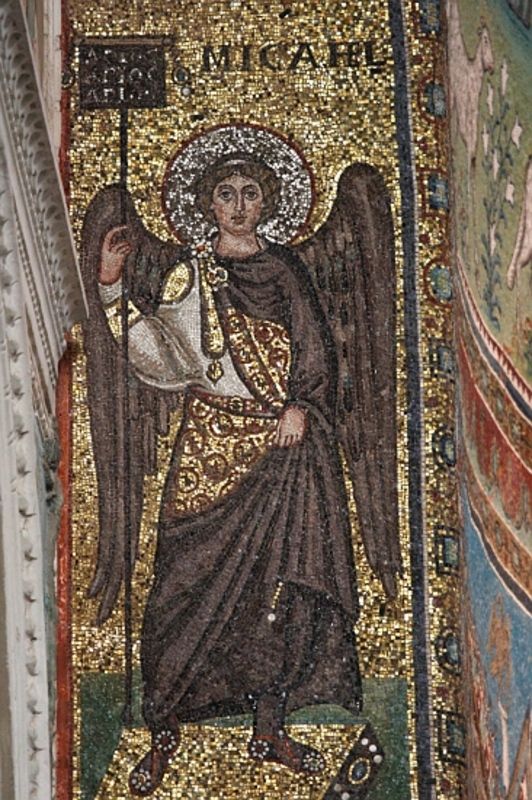
Renaissance: The Beauty of Human Spirituality
With the Renaissance, the human body was rediscovered and celebrated even in sacred art, transforming the angelic figure into a symbol of beauty and grace. Angels with harmonious forms and serene gazes, the work of artists such as Botticelli, Raphael, and Michelangelo, represented an aesthetic ideal that was both close to the divine and accessible to the human observer. In this period, “putti”—small, chubby angels—make their appearance, infusing sacred scenes with a sense of lightness and embodying a notion of faith that is closer, sweeter, and more familiar. The angel becomes a guide, inviting one to a more intimate spiritual experience without the reverential distance typical of the Middle Ages.
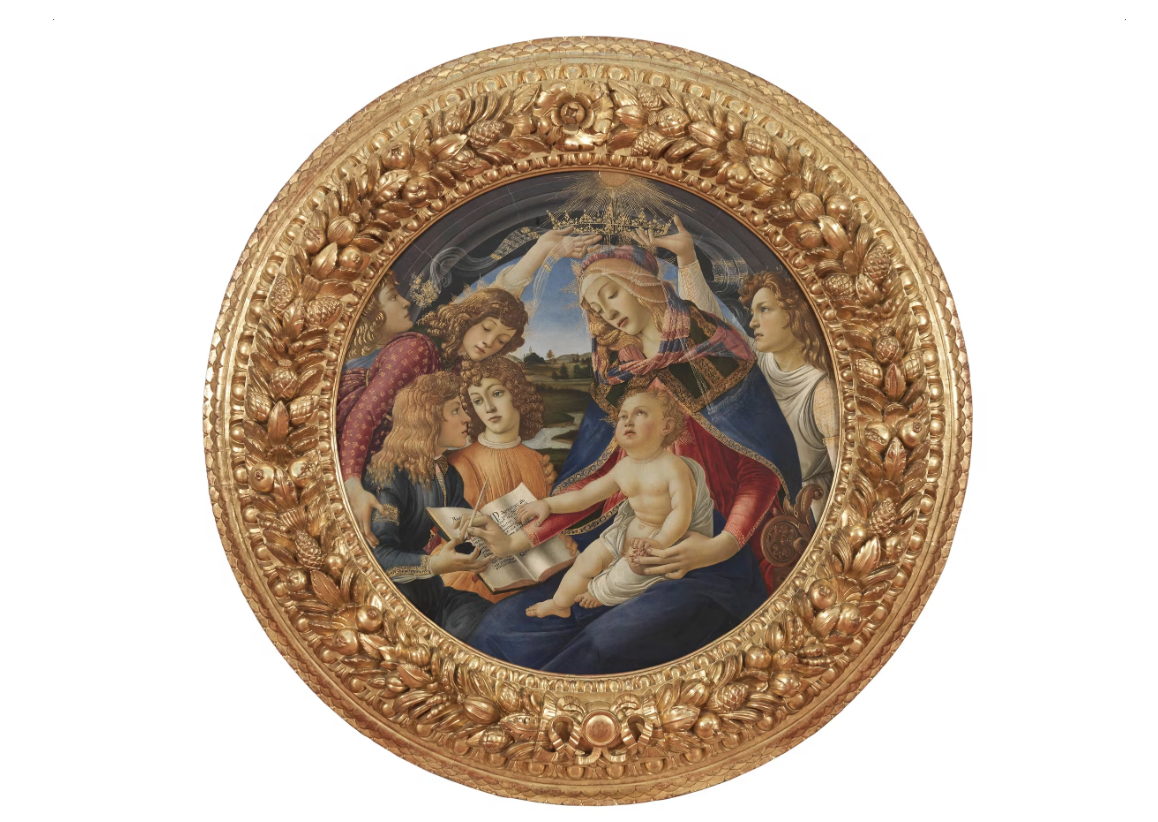
Baroque: The Angel between Drama and Passion
During the Baroque period, angels assume a dramatic and passionate presence. Artists such as Caravaggio, Bernini, and Rubens depict them immersed in dynamic compositions, emphasizing intense emotions and theatrical gestures. The angelic figures become symbols of justice and sacrifice, often portrayed in heroic and combative poses that bring them closer to the image of a warrior.
Baroque art explores the passionate side of faith: angels are portrayed as creatures that suffer, protect, and fight, reflecting a humanity in which spirituality intertwines with sacrifice and moral challenge. In this period, the angel is not merely a messenger of peace but becomes a representation of the inner struggle between good and evil.
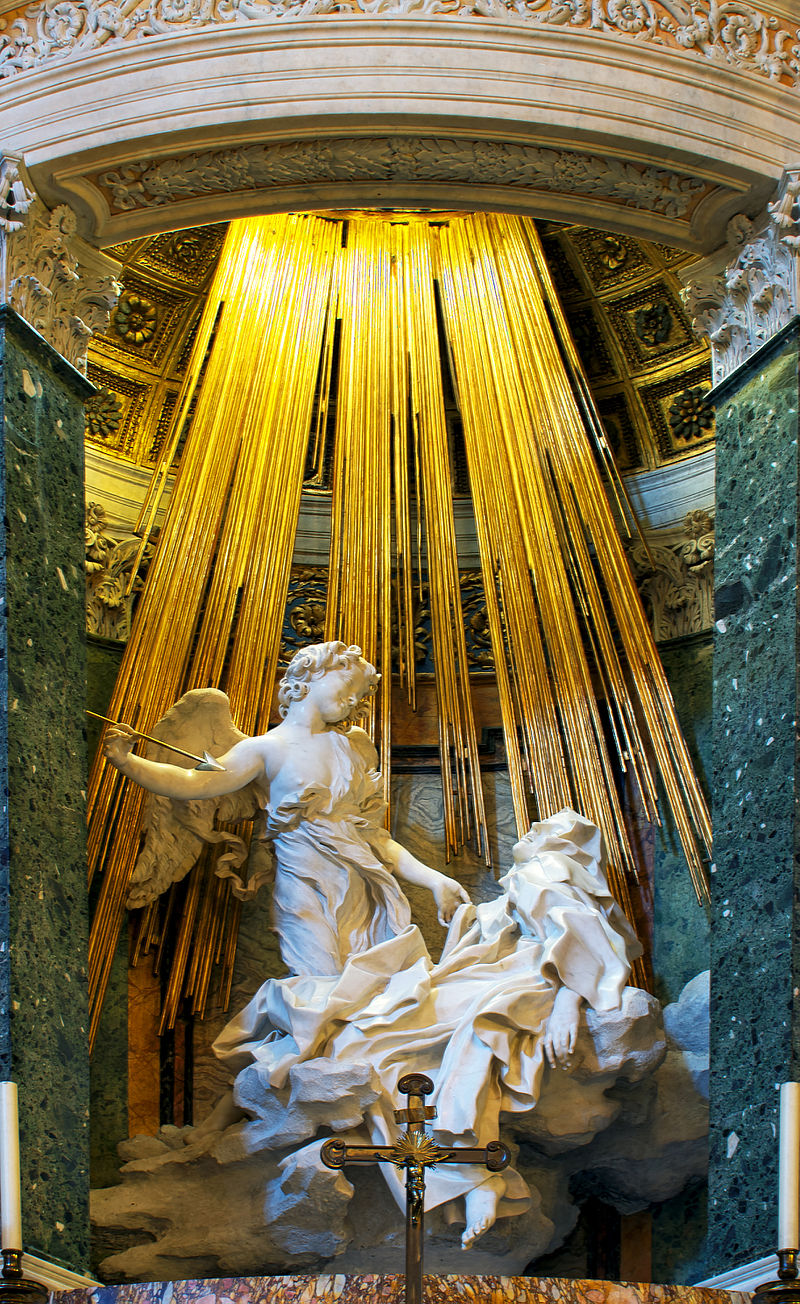
Romanticism and Symbolism: The Angel of the Soul
In Romanticism, the angel transforms into an introspective figure—a symbol of the restless soul and of profound existential questions. Artists such as William Blake and Caspar David Friedrich depict melancholic angels, reflecting a desire for transcendence and a personal spiritual quest, thus making the angel a symbol of human emotions, an embodiment of individual aspirations and inquietudes.
With Symbolism, the angelic figure becomes even more enigmatic, embodying the mystery of life and death. Artists such as Odilon Redon and Gustav Moreau portray angels that express the allure of the unconscious, dreamlike figures that seem to emerge from parallel worlds, symbols of the infinite and the unknown. These angels do not reassure but rather confront the observer, eliciting metaphysical questions about human nature and destiny.
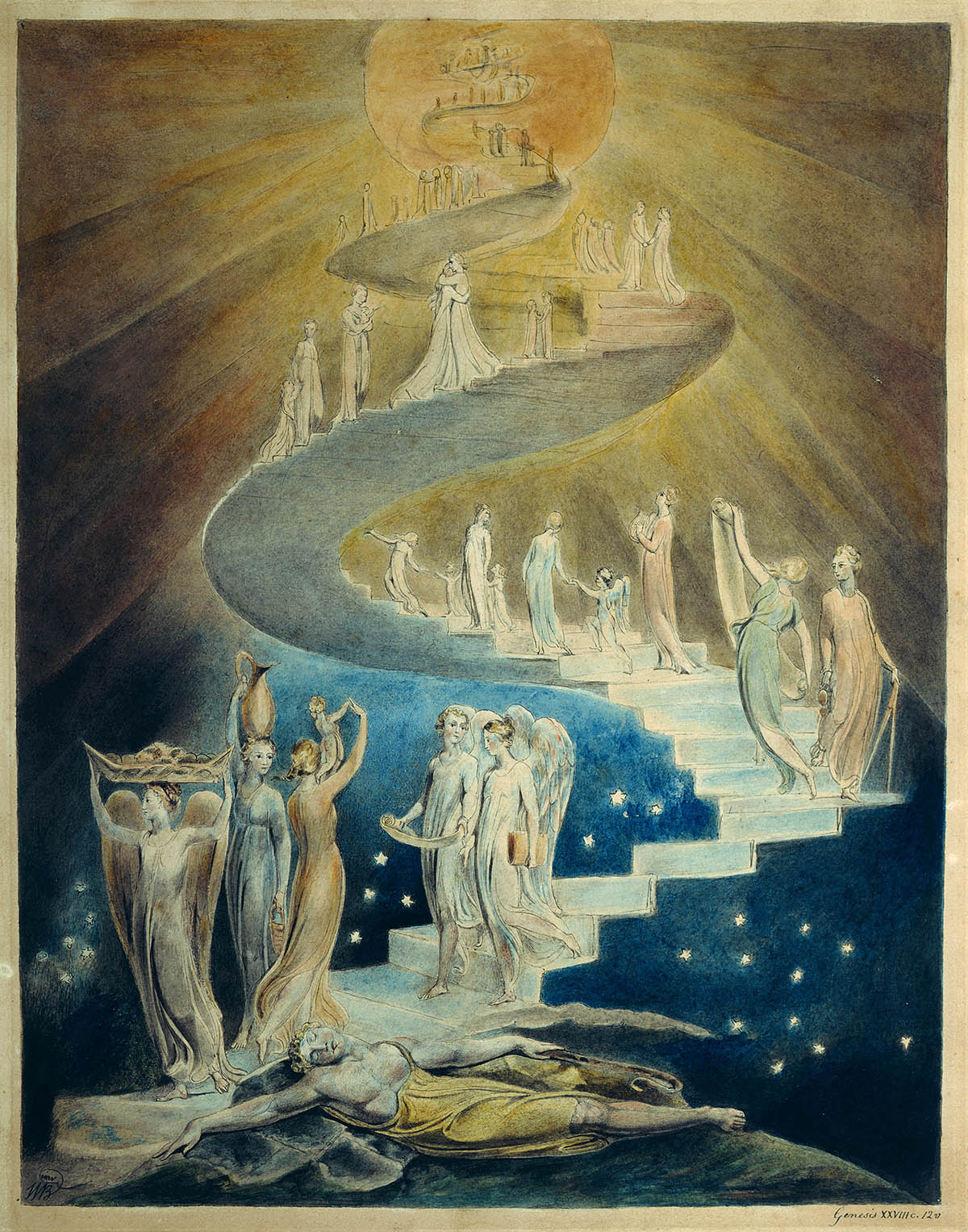
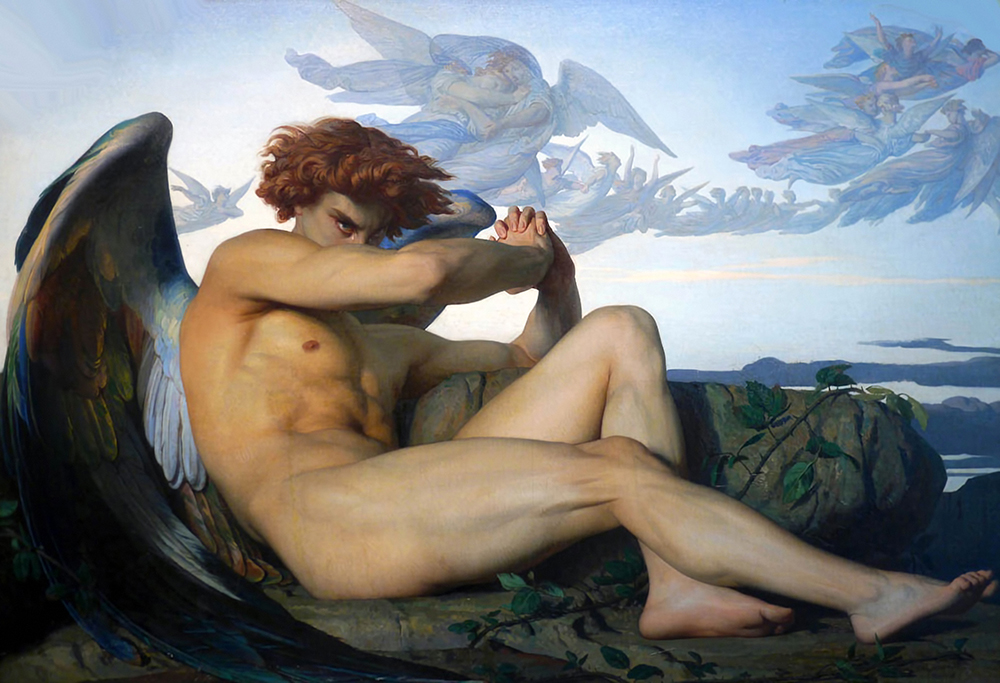
Contemporary Art: Fragile and Conceptual Angels
In contemporary art, the angelic figure further fragments, assuming new and unexpected forms. Artists such as Marc Chagall depict melancholic angels, suspended between heaven and earth, as symbols of a humanity seeking light even as it remains immersed in its own fragility.
Other artists, such as Kiki Smith and Anselm Kiefer, explore the idea of decaying and wounded angels—creatures set in degraded urban contexts and immersed in atmospheres of disillusionment. For instance, Kiefer’s angels reflect a shattered spirituality, symbolizing human vulnerability in a complex and fragmented reality, expressing the precariousness and sense of disorientation typical of contemporary society.

In this contemporary scenario, Alessandro Casale emerges, blending the earthly dimension with a suspended and rarefied spirituality. Ethereal and almost dreamlike, his angels are beings that transcend matter and manifest in color, becoming “radiant epiphanies”—images that fade and merge with his atmospheric settings as if they were emanations of a cosmic breath.
Casale’s angels become metaphors for an essential quest, symbolic images immersed in profound silence, evoking a “religious spirituality” that seems to emerge from a world beyond the visible. Even today, the angel speaks of an inner dimension, inviting us to look beyond the surface, and ultimately reminding us of our eternal aspiration toward something greater than ourselves.
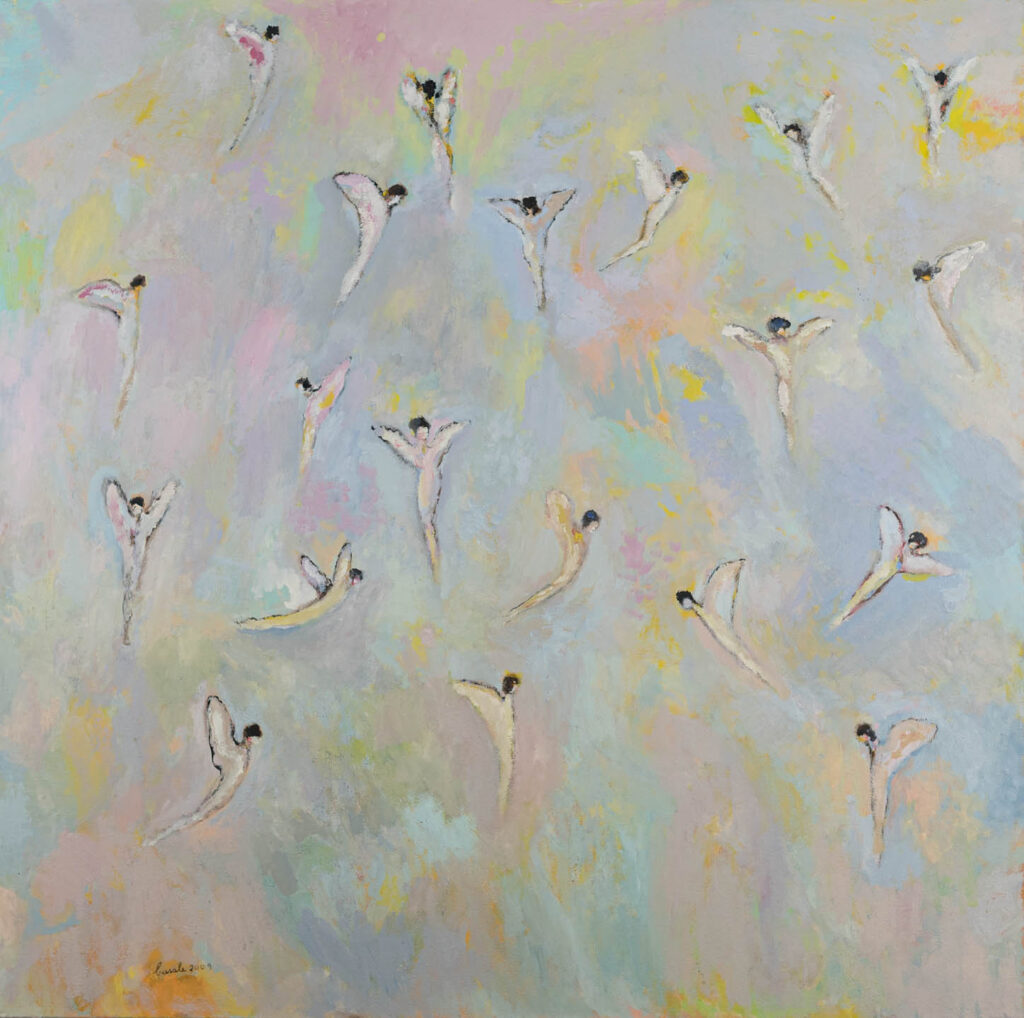
Essential Bibliography
Ernst H. Gombrich, The Story of Art, Phaidon, 2008
Andrew Graham Dixon, Art: The Definitive Visual Guide, DK, 2023
Émile Mâle, Religious Art at the End of the Middle Ages in France, Studium, 2024
Rudolf Wittkower, Art and Architecture in Italy (1600–1750), Einaudi, 1995
Online Sources
https://www.uffizi.it/mostre-virtuali/nella-luce-degli-angeli#1
https://it.wikipedia.org/wiki/Angeli_nell%27arte#:~:text=Nel%20tardo%20Medioevo%2C%20gli%20angeli,Annunciazione%20di%20Jan%20van%20Eyck.
Fig. 1: https://alleanzacattolica.org/wp-content/uploads/2021/03/Figura-6.jpg
Fig. 2: https://www.uffizi.it/opere/botticelli-madonna-del-magnificat#gallery
Fig. 3: https://it.wikipedia.org/wiki/Estasi_di_santa_Teresa_d%27Avila#/media/File:Ecstasy_of_St._Teresa_HDR.jpg
Fig. 4: https://it.m.wikipedia.org/wiki/File:Blake_jacobsladder.jpg
Fig. 5: https://it.wikipedia.org/wiki/L%27angelo_caduto_(Cabanel)#/media/File:Alexandre_Cabanel_-_Fallen_Angel.jpg
Fig. 6: https://www.ilgiornaledellarte.com/Articolo/Per-Kiefer-gli-angeli-caduti-siamo-noi
